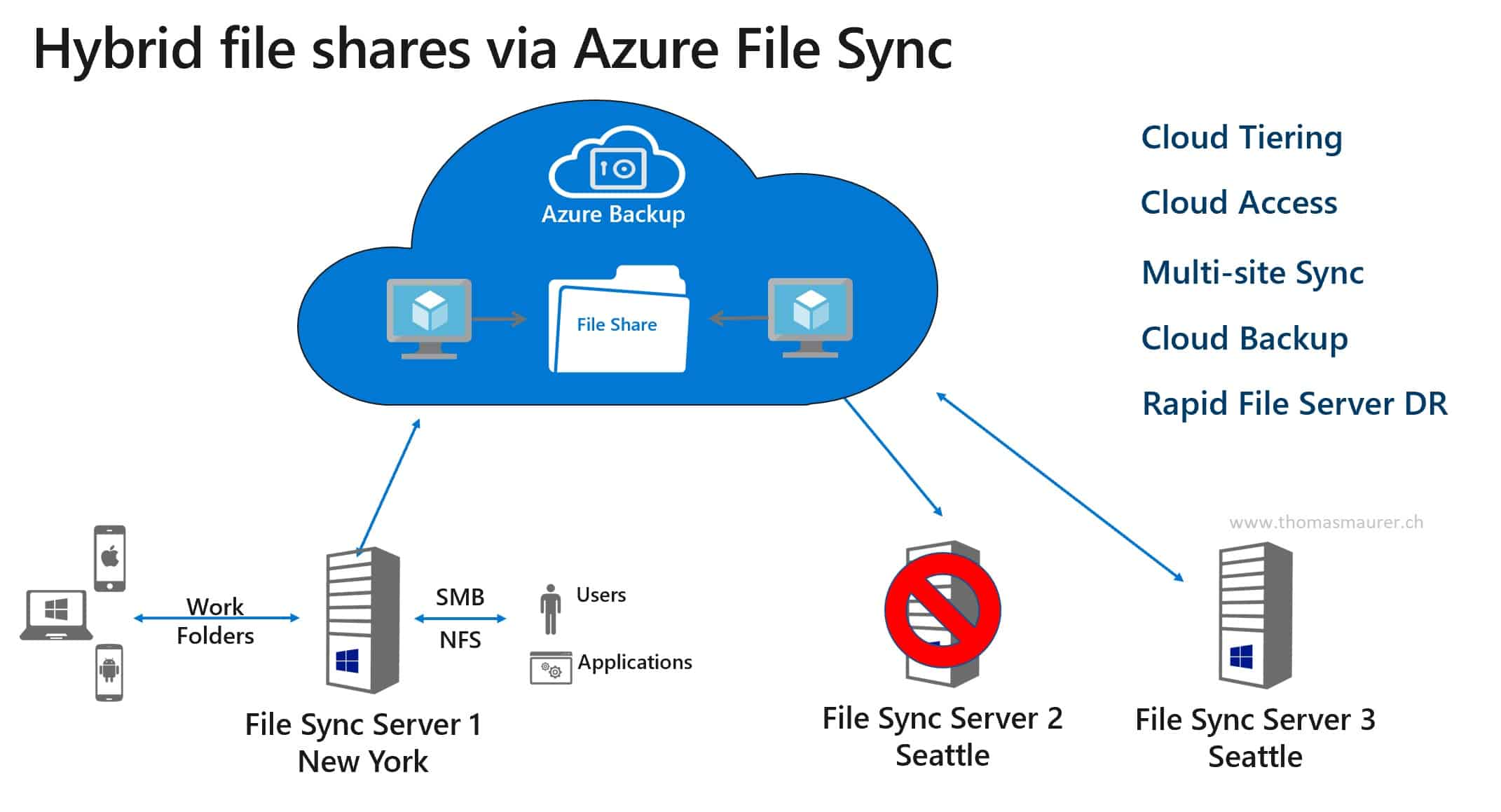
Registered servers per Storage Sync Serviceįile system objects (directories and files) per sync group The following table indicates which target are soft, representing the Microsoft tested boundary, and hard, indicating an enforced maximum: Resource For details see SMB Multichannel performance. 2 Subject to machine network limits, available bandwidth, IO sizes, queue depth, and other factors. Metadata operations, other than reads and writes, may be lower. AttributeĢ00 MiB/sec (Up to 1 GiB/s with SMB Multichannel) 2ģ00 MiB/sec (Up to 1 GiB/s with SMB Multichannel) 2ġ Applies to read and write IOs (typically smaller IO sizes less than or equal to 64 KiB). File scale targetsįile scale targets apply to individual files stored in Azure file shares.

To take advantage of the larger scale targets, you must change your quota so that it is larger than 5 TiB.ģ Azure Files enforces certain naming rules for directory and file names.
Azure file storage how to#
Maximum number of stored access policies per file shareġ The limits for standard file shares apply to all three of the tiers available for standard file shares: transaction optimized, hot, and cool.Ģ Default on standard file shares is 5 TiB, see Create an Azure file share for the details on how to create file shares with 100 TiB size and increase existing standard file shares up to 100 TiB. Maximum number of SMB Multichannel channels

Maximum length of individual pathname component 3 (in the path \A\B\C\D, each letter represents a directory or file that is an individual component) Maximum object name length 3 (full pathname including all directories, file names, and backslash characters)

General purpose version 2 (GPv2) storage accounts: GPv2 storage accounts allow you to deploy Azure file shares on standard/hard disk-based (HDD-based) hardware. There are two main types of storage accounts for Azure Files: Storage account scale targets apply at the storage account level.

There are therefore three categories to consider: storage accounts, Azure file shares, and individual files. This pool of storage can be used to deploy multiple file shares. Premium file shares (FileStorage), LRS/ZRSĪzure file shares are deployed into storage accounts, which are top-level objects that represent a shared pool of storage. You should also expect these limits will increase over time. You should test your usage pattern to determine whether the scalability and performance of Azure Files meet your requirements. For example, the performance of IO for a file might be impacted by your SMB client's behavior and by your available network bandwidth. The targets listed here might be affected by other variables in your deployment. This article discusses the scalability and performance targets for Azure Files and Azure File Sync. Azure Files offers fully managed file shares in the cloud that are accessible via the SMB and NFS file system protocols.


 0 kommentar(er)
0 kommentar(er)
